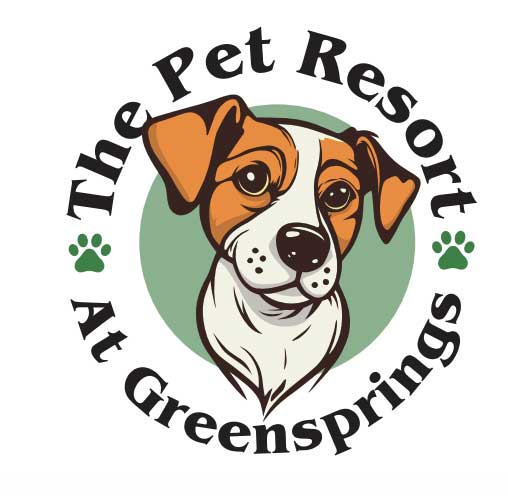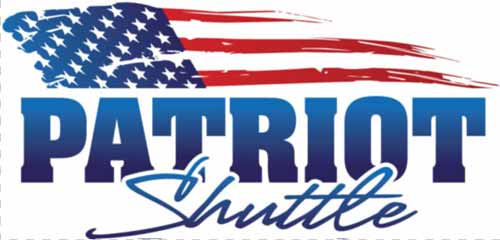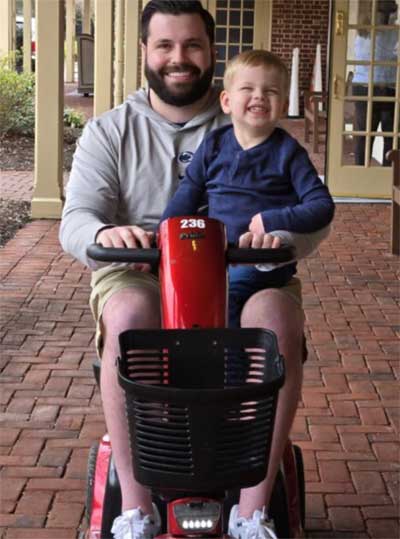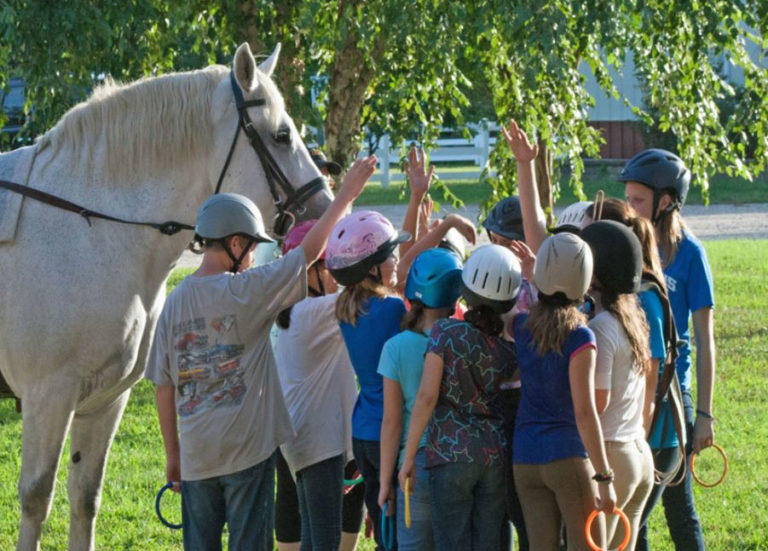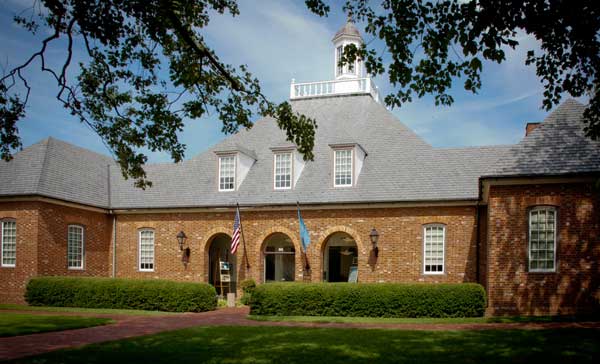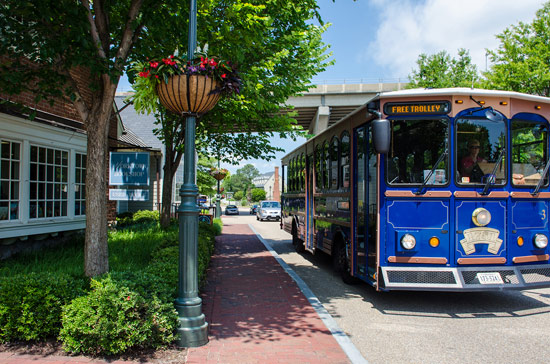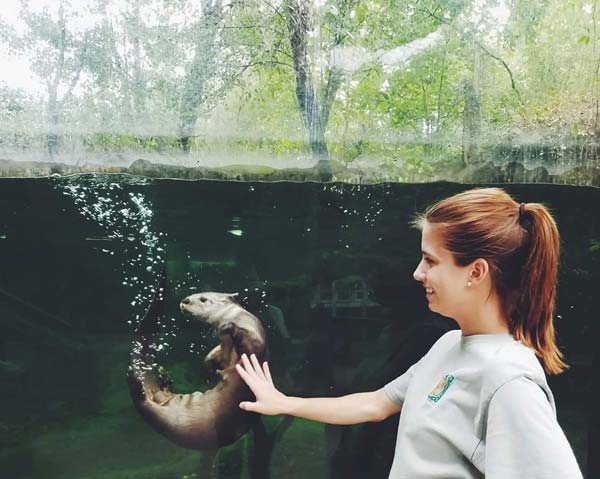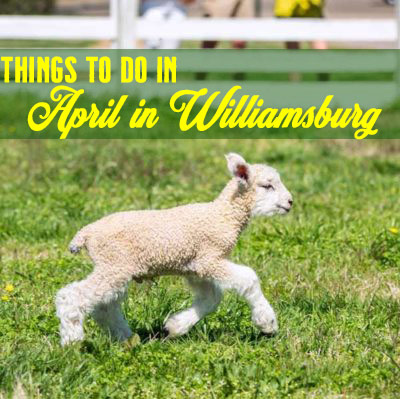by Joe Hertzler
If you’re like me, your water bill goes up significantly beginning in May — there’s the garden, the new plantings, the sprinkler for the kids, and then there’s….The Lawn.
When grass doesn’t get enough water, it goes dormant. Not so bad, really — the grass usually springs right back to life with a little rainfall or water. If summer drought is severe enough, your lawn might need re-seeding in the fall. Again, nothing we can’t fix. And sometimes we just can’t keep up with the need for water — especially when there are watering restrictions.
The real problem comes, ironically, from OVER-watering.
A lot of people think that all watering is good, and that “you just can’t water too much.”
Fact is, you can over-water. And when you do, you can encourage fungal diseases AND end up mowing your grass too often. The worst part, though, is that by over-watering, you can send fertilizers and pesticides from your lawn and garden onto paved surfaces, which affects local water quality. This run-off ultimately ends up in the Chesapeake Bay, creating algae blooms and choking out life that used to flourish there.
We don’t need any more problems with the Chesapeake Bay, so please follow these suggestions for a healthy lawn:
1. Your lawn needs about an inch of water a week. You can measure how much you’re watering (either by hand or by sprinkler) by placing an empty tuna or pet food can in the area you’re watering. Check it after each rainfall or watering.
2. It’s better to give your lawn that entire inch of water at once (so long as it is soaking into the ground and not pooling) rather than dole it out in small quantities over the week. A well-soaked lawn is healthier than a lawn that’s been shallowly watered because it has a healthy root system.
3. Water early in the day (5 am to 10 am) when evaporation loss is lowest. Afternoon watering is OK, but can be uneven because it’s usually windier in the afternoon than the morning. Night watering isn’t a good idea, because it promotes fungal diseases.
4. Make sure you’re watering the lawn (not sidewalks, driveways, and roads) so that you’re not promoting runoff.
5. Consider annual core aeration to loosen compacted soil. This will allow water to infiltrate the soil better and help prevent run-off.
6. Be mindful of weather conditions and forecasts in order to use water more responsibly. If Mother Nature provides rainfall, irrigation may not be needed. An irrigation system running in the rain is wasteful!
7. Mow your grass at a high blade height, which encourages a stable root system. Longer blades of grass also shade the soil and can help your yard tolerate drought.
8. For gosh sake, ENJOY that lawn of yours! Throw a party. Play croquet. It’s not as much fun if you just look at it.
Joe Hertzler is owner and founder of Hertzler & George, a family-owned landscape design, build and maintenance firm dedicated to the development of extraordinary outdoor spaces. H&G takes environmental responsibility seriously and is the only local landscape company certified by The Chesapeake Club.















